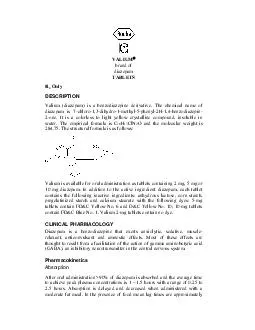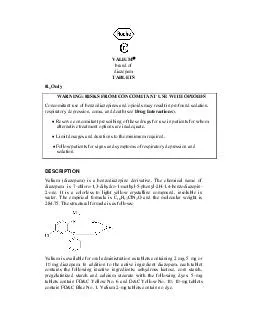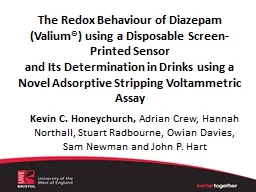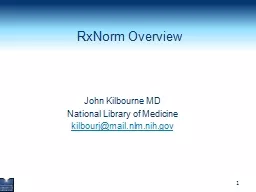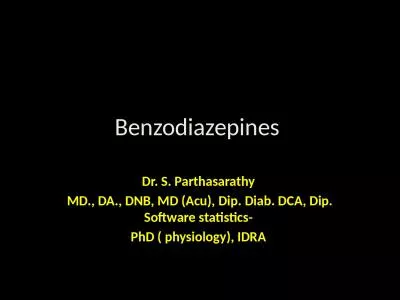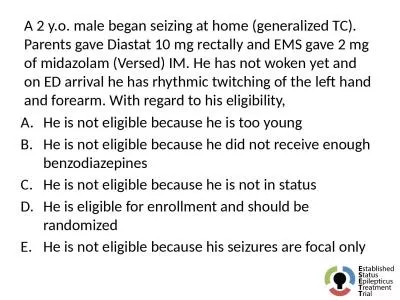PDF-VALIUM brand of diazepam TABLETS Only DESCRIPTION Vali
Author : yoshiko-marsland | Published Date : 2014-11-25
The chemical name of diazepam is 7chloro13dihydro1methyl5phenyl2H14benzodiazepin 2one It is a colorless to light ye llow crystalline compound insoluble in water
Presentation Embed Code
Download Presentation
Download Presentation The PPT/PDF document "VALIUM brand of diazepam TABLETS Only DE..." is the property of its rightful owner. Permission is granted to download and print the materials on this website for personal, non-commercial use only, and to display it on your personal computer provided you do not modify the materials and that you retain all copyright notices contained in the materials. By downloading content from our website, you accept the terms of this agreement.
VALIUM brand of diazepam TABLETS Only DESCRIPTION Vali: Transcript
Download Rules Of Document
"VALIUM brand of diazepam TABLETS Only DESCRIPTION Vali"The content belongs to its owner. You may download and print it for personal use, without modification, and keep all copyright notices. By downloading, you agree to these terms.
Related Documents

